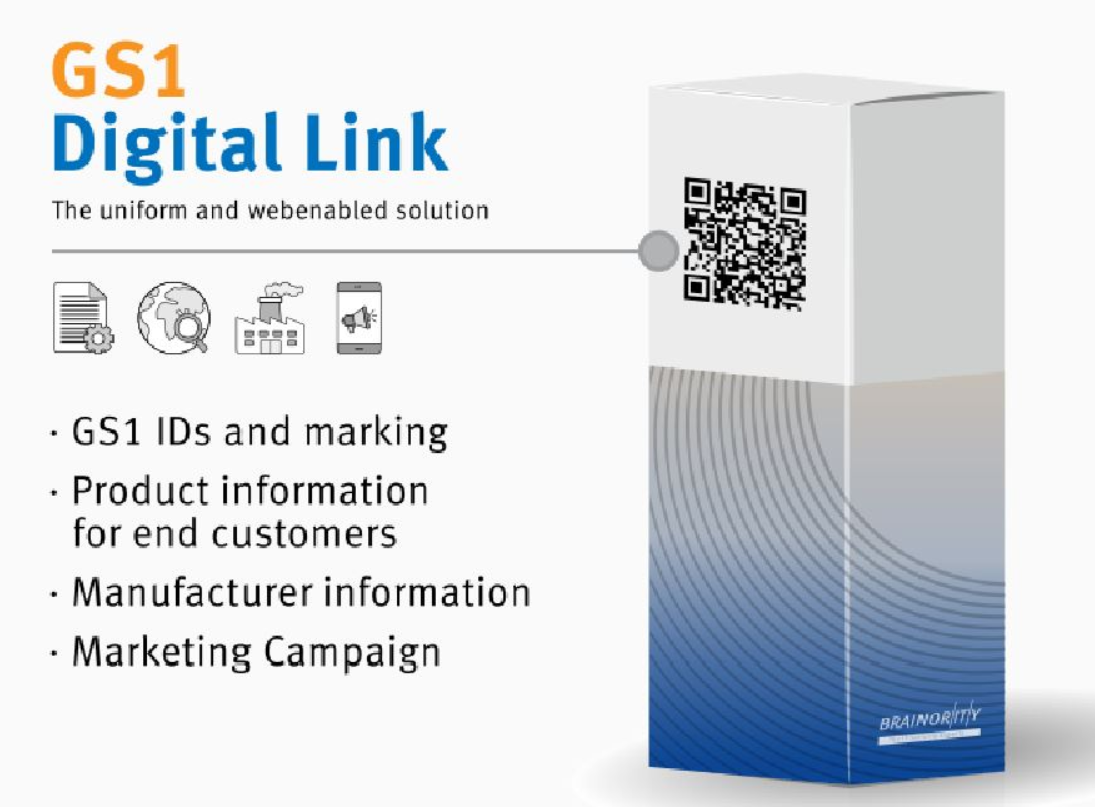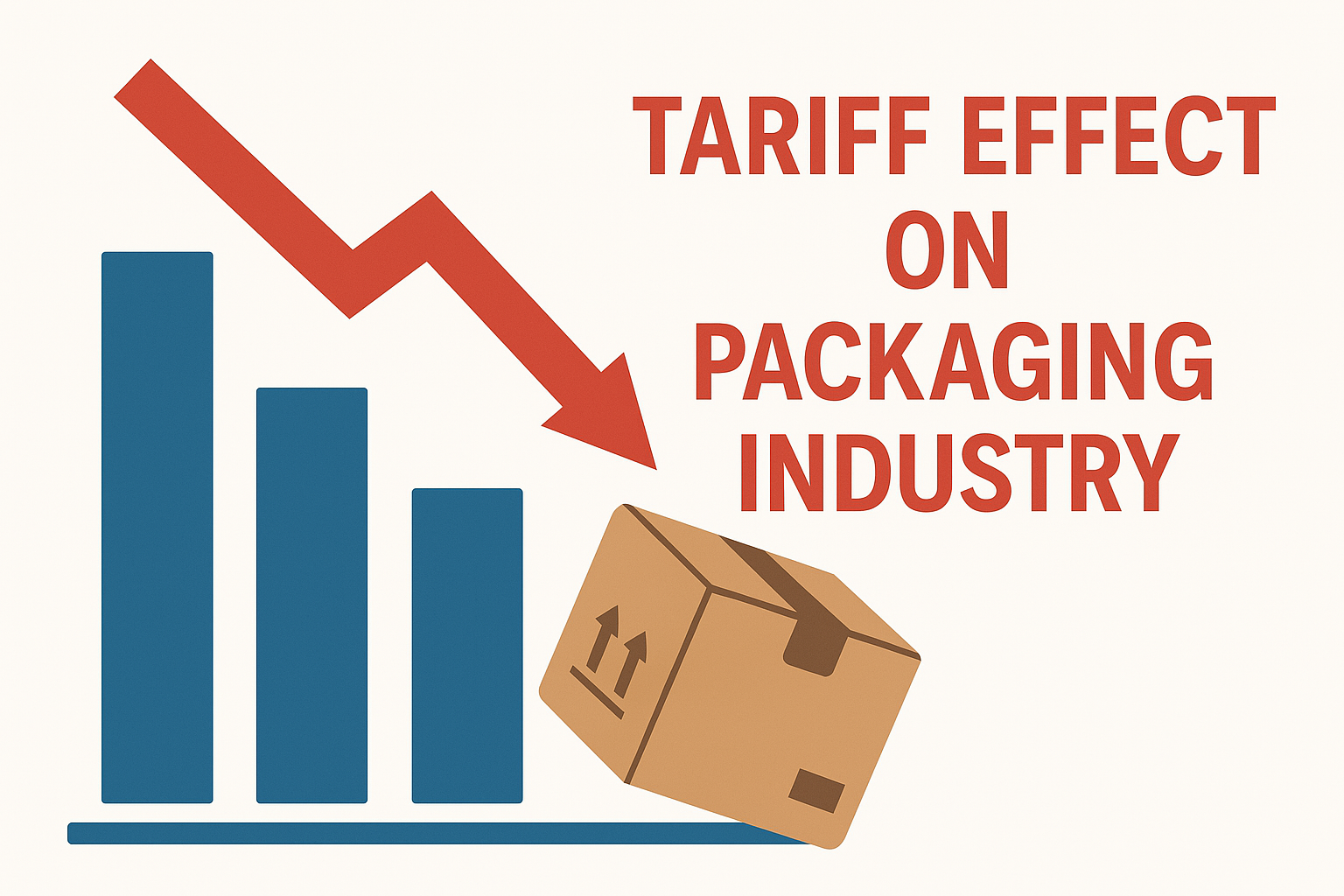
GS1 Digital Link: Revolutionizing Consumer and Business Experiences through Web-Enabled Barcodes
In an exciting development for the retail and consumer goods sectors, GS1 has introduced the Digital Link, a groundbreaking solution that “web-enables” barcodes, transforming them into dynamic digital touchpoints. By providing a simple, standards-based structure for encoded data, the GS1 Digital Link allows brands to offer more context-based, interactive experiences for consumers.
The GS1 Digital Link, which works with any 2D line-of-sight data carrier, such as QR codes, empowers brands to deliver detailed product information directly to consumers' smartphones. Consumers can easily access enhanced content, including ingredient lists, allergen information, usage tips, and related product recommendations. This digital transformation also allows brands to streamline their processes by reducing the need for multiple labels or codes on a single product, offering a simpler, more efficient way to manage product information.
For businesses, the GS1 Digital Link offers significant advantages. It enables the use of a single product identifier, which ensures authenticity and provides a seamless way to track products from production through to consumer purchase. The Digital Link also facilitates improved business-to-business processes, helping businesses streamline operations such as recall management and price adjustments due to expiration dates.
At its core, the GS1 Digital Link enhances both the consumer and business experience by connecting physical products to digital services through a simple, scannable 2D data carrier. Whether scanned by consumers at the point of purchase or by retailers in-store, the Digital Link directs users to an intelligent product identity in the cloud. From there, consumers can explore a wide range of digital content, improving engagement, safety, and overall satisfaction.
With the GS1 Digital Link, companies are set to provide consumers with richer, more personalized experiences while optimizing internal business operations, making it an essential tool for the future of product interaction and supply chain management.







